
Water determines the Great Lakes Region’s economic future
Climate change, geopolitics and business opportunities power a blue economy
This story is a collaboration between The Narwhal and the Toronto Star.
In September, a company run by a prominent Ontario developer paid $80 million for two parcels of land that could not be developed. Totalling nearly 700 acres, they sit entirely within Ontario’s protected Greenbelt.
Weeks later, that investment by Michael Rice is set to pay off. The seemingly untouchable swath of fields and trees in King Township, just north of Toronto, is now on the Ontario government’s list of lands it wants to remove from the Greenbelt. If the change goes through, the properties Rice purchased in September could be ripe for development, and worth far more than $80 million.
Of the 15 areas slated to be removed from the Greenbelt, eight include properties purchased in the four years since the election of Doug Ford, who in 2018 was recorded telling a private audience he would “open a big chunk” of the protected area should he become premier, a Narwhal/Toronto Star investigation has found.
Other properties impacted by the Ontario government announcement have been held for years or decades.
Developers owning Greenbelt land now set to be developed appear to have given significant sums to Ford’s Progressive Conservative Party, donation records show. Lobbying records reveal connections between the party and five of the landowners who will benefit most from the proposed changes.
The timing is raising questions about whether the landowners knew the lands would soon become developable and profitable — or if they simply took a gamble and won.
“Nobody would pay this amount of money for land if they didn’t think it was going to be open for development,” said Phil Pothen of the non-profit Environmental Defence.
Rice is chief executive officer of Rice Group: neither he nor the company responded to questions for this story. King Township’s municipal council is asking the province to limit housing on the lands and fast-track a hospital project there instead.
The Narwhal/Star analysis of property records and corporate documents shows at least six developers bought parcels of land since 2018 that include portions of Greenbelt now set to be removed from the protected area.
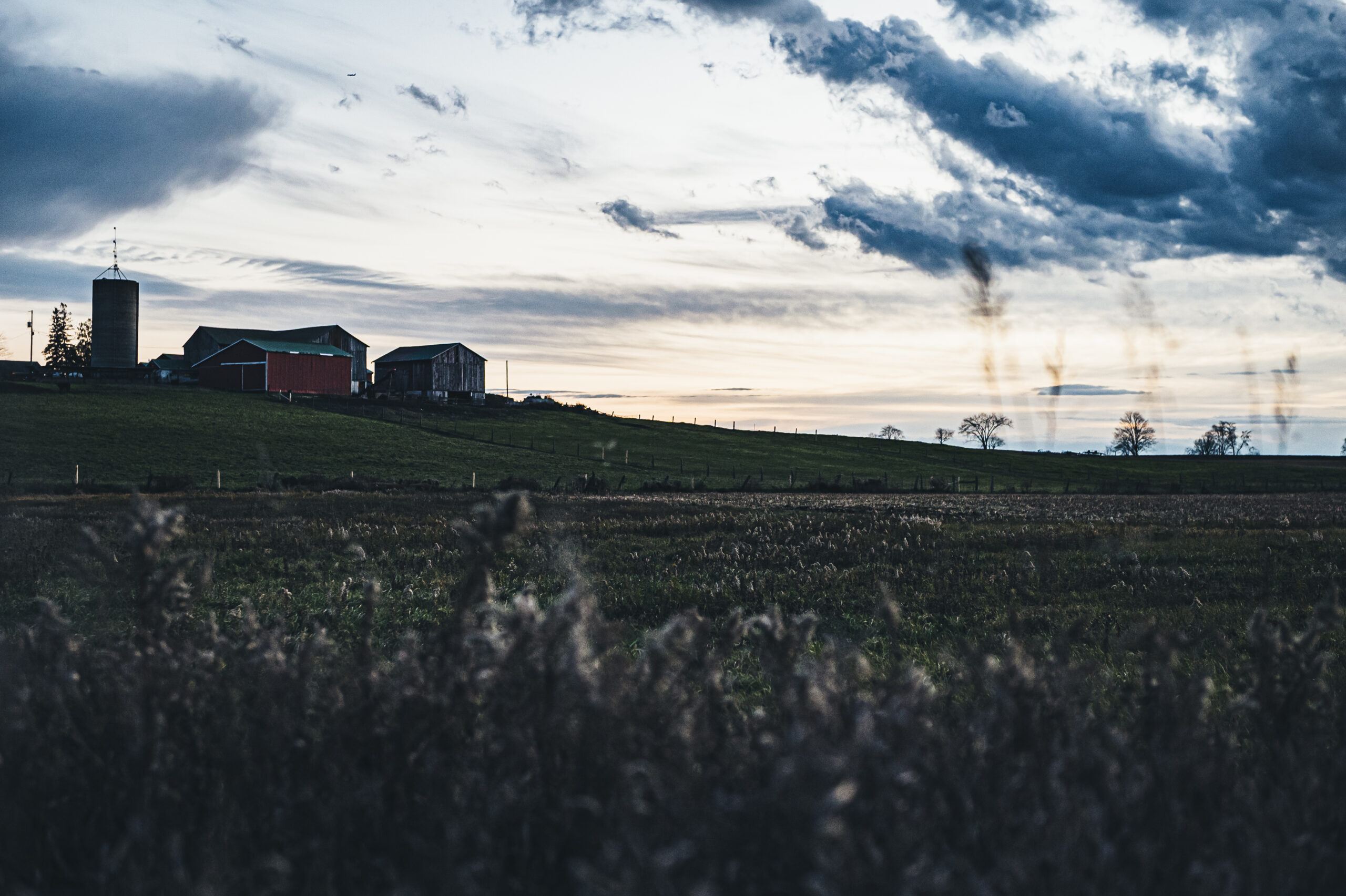
TACC Developments, headed by prominent developer Silvio De Gasperis, paid $50 million in May 2021 for 100 acres of farmland north of Canada’s Wonderland in Vaughan. Large portions of the property are in the Greenbelt and were undevelopable at the time the land was purchased. If Ford’s proposal goes through, a lucrative chunk alongside Pine Valley Rd. will be cleared for houses.
An executive assistant at the company said De Gasperis was out of the country for a family wedding and unable to respond to questions for this story.
Collectively, the developers who purchased land within the Greenbelt since Ford was elected spent more than $278 million, according to land registry documents.
With Ford’s decision to open them for development, the land values could skyrocket. The government, which is mandated to consult the public about the changes for 30 days, could finalize them as soon as early December.
“Wealthy developers stand to gain huge amounts of money when farmland is rezoned for development,” said Jessica Bell, the NDP housing critic. “They buy the land cheap, and they can sell it or develop it for incredible profit.”
The Narwhal/Star reached out to every developer named in this story. Most did not respond.
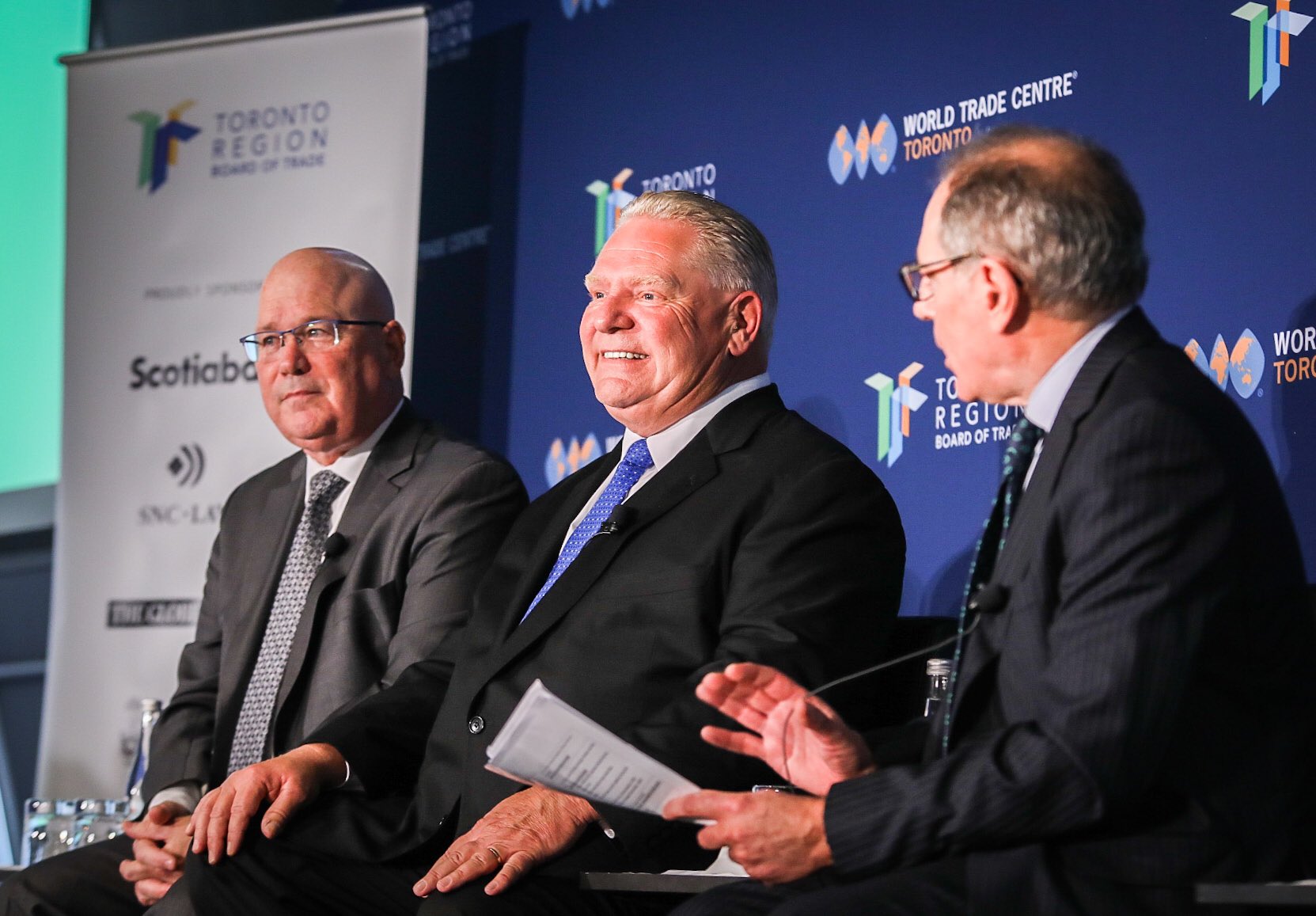
After detailed questions were sent to several developers, a spokesperson for the Ontario Home Builders’ Association and Building Industry and Land Development Association emailed an unsolicited statement. They said the statement was not from any developer in particular.
“We are in the midst of a housing crisis in the [Greater Toronto Area],” the statement reads. “When the Greenbelt was created, its boundaries encompassed not just environmentally sensitive lands but also farmland and land that had previously been designated for growth for housing and employment spaces.
“Sensationalizing this matter by focusing on anything other than the outcome, the building of more homes to meet increasing demand due to population growth, will be a disservice to readers and residents.”
Victor Doyle, a former provincial planner often credited as an architect of the Greenbelt, said in an interview that he worries the land swap sets a precedent for other developers to push to have their lands removed as well.
“Where did the government actually get the list of proposed properties that they want to remove?” Doyle said. “It raises all sorts of suspicions about connections between the government and the landowners in question.”
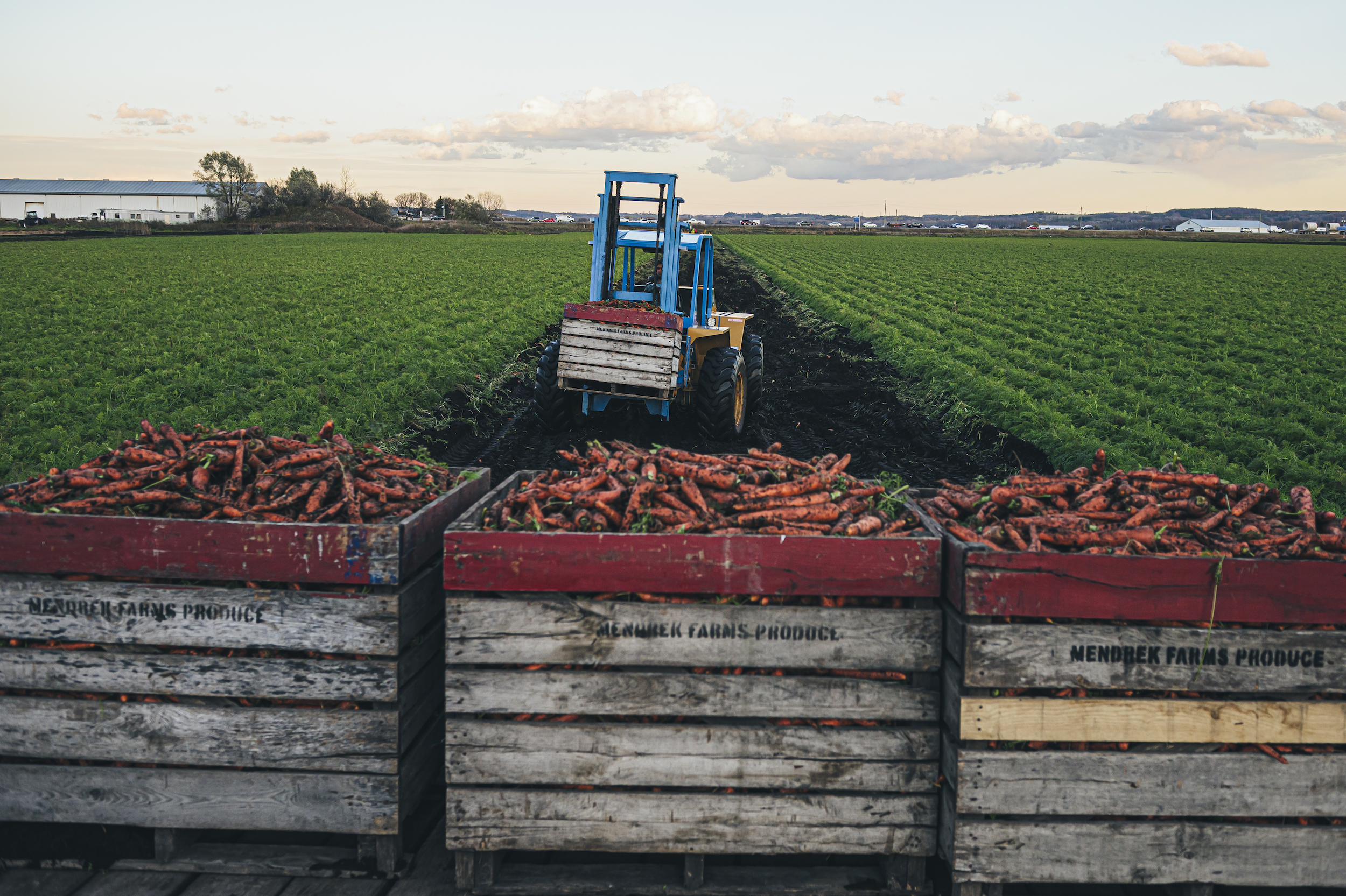
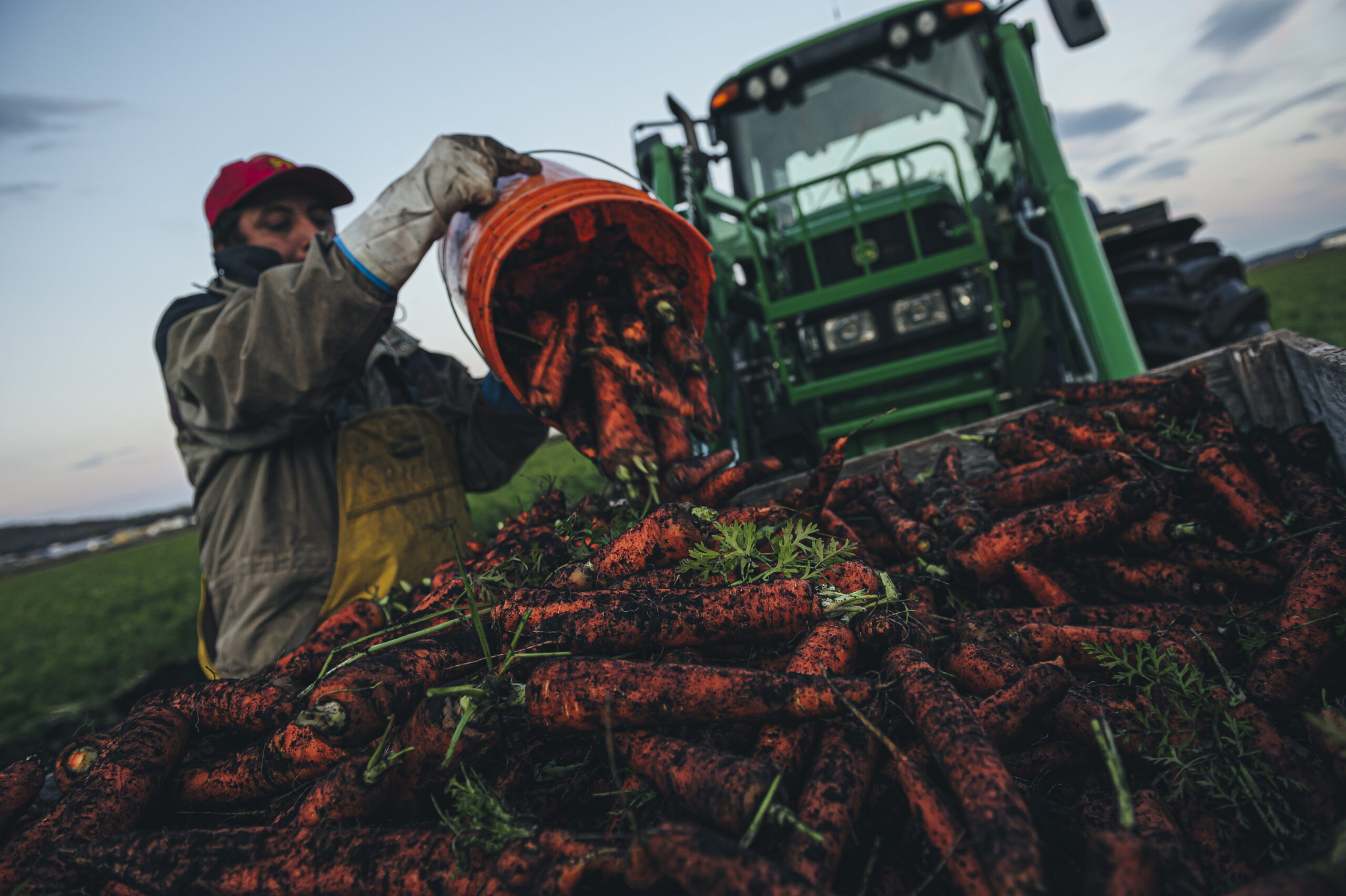

The office of Steve Clark, Ontario’s minister of municipal affairs and housing, did not directly answer questions for this story, including how the parcels to be removed were selected and whether property owners had advance knowledge of their proposal.
In a news conference on Wednesday afternoon, Clark told reporters it’s part of his job as housing minister to meet and work with developers of all kinds.
“It doesn’t matter who you are,” he said. “If you’re looking at assisting the Government of Ontario in building 1.5 million homes, we want to work with you.”
A spokesperson for Clark said in a statement the land is needed to ensure Ontario has enough homes to accommodate existing residents and the federal government’s immigration targets.
“The 15 sites identified had to meet very clear criteria that meant homes could be built quickly,” Victoria Podbielski said in an email.
Earlier this year, Ontario’s government-appointed Housing Affordability Task Force said a shortage of land isn’t the cause of the province’s housing crisis. “Land is available, both inside the existing built-up areas and on undeveloped land outside greenbelts.”
The Greenbelt is an 800,000-hectare swath of farmland, forests and wetlands that stretches from Niagara to Port Hope. It was created in 2005 by Dalton McGuinty’s Liberal government to preserve farmland, protect environmentally sensitive areas and rein in sprawl in the Greater Toronto and Hamilton Area.
There were some towns and homes in the Greenbelt area already. But generally, the legislation has meant new development there is prohibited.
In 2018, before becoming premier, Ford was recorded at an event pitching development in the Greenbelt, an idea he credited to “some of the biggest developers in this country.” He quickly reversed course amid public backlash, promising repeatedly ever since that he’d never touch it. Until now.
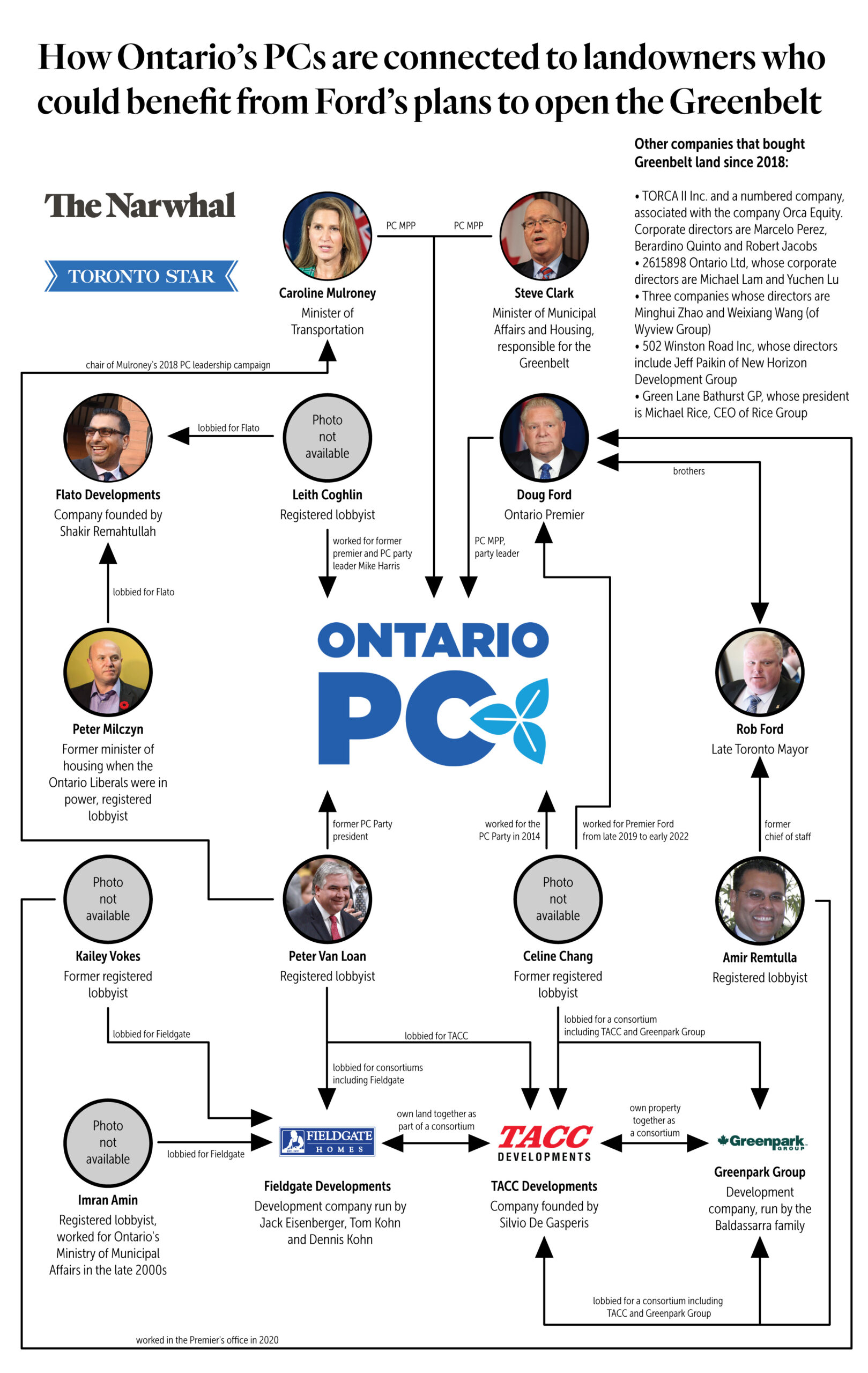
Earlier this month, the Ford government announced plans to open the 15 areas of the Greenbelt spanning 7,400 acres, to build homes — quickly. The province has pledged to replace the land it’s removing from the Greenbelt by adding 9,400 acres elsewhere, noting a net gain of 2,000 protected acres. In emailed questions, The Narwhal/Star asked the government if it believed the replacement land had equal ecological value, and received no answer. Some of the areas to be added are also already protected under different mechanisms.
Ford has defended his government’s flip-flop on the Greenbelt, saying it was necessary to achieve the goal of building 1.5 million homes in the next decade.
“We’re in an unprecedented time when it comes to housing,” Ford said.
The spokesperson for the developers’ associations noted that the government has imposed “strict timelines” for building on the lands slated to be removed from the Greenbelt. Developers must show significant progress on their plans by next year with construction started by 2025. Otherwise the land will be returned to the Greenbelt.
Some of the parcels Ontario wants to remove from the Greenbelt are adjacent to land that’s already been developed with highways and subdivisions. Others are greener, surrounded by creeks and brush and farmers’ fields. The province said it chose parcels on the edges of the Greenbelt. Environmentalists have argued that even pieces on the fringe are key for ensuring a supply of food grown in Ontario, and keeping wildlife habitats intact and connected. Land that isn’t paved over also absorbs water when it rains, which mitigates floods.
The Narwhal/Star investigation analyzed political donations by the developers, their companies, their families and senior staff members. It appears that nine of the developers that stand to benefit most from Ford’s Greenbelt land swap have donated significant sums to the Ontario Progressive Conservative Party, totalling more than $572,000 since 2014, the earliest year in Ontario’s political donations database.
Many also donated to other parties, but far less: just over $326,000 altogether, most of which went to the Ontario Liberals when that party was in government.
While names match, The Narwhal/Star cannot independently verify they are the same people. Common names were excluded from the analysis. The Narwhal/Star sent the donations records to the developers and they either did not respond or did not dispute them.
Rice’s companies, someone with his name, and people whose names match those of his senior staff, have donated $47,000 to the Progressive Conservatives since 2014.
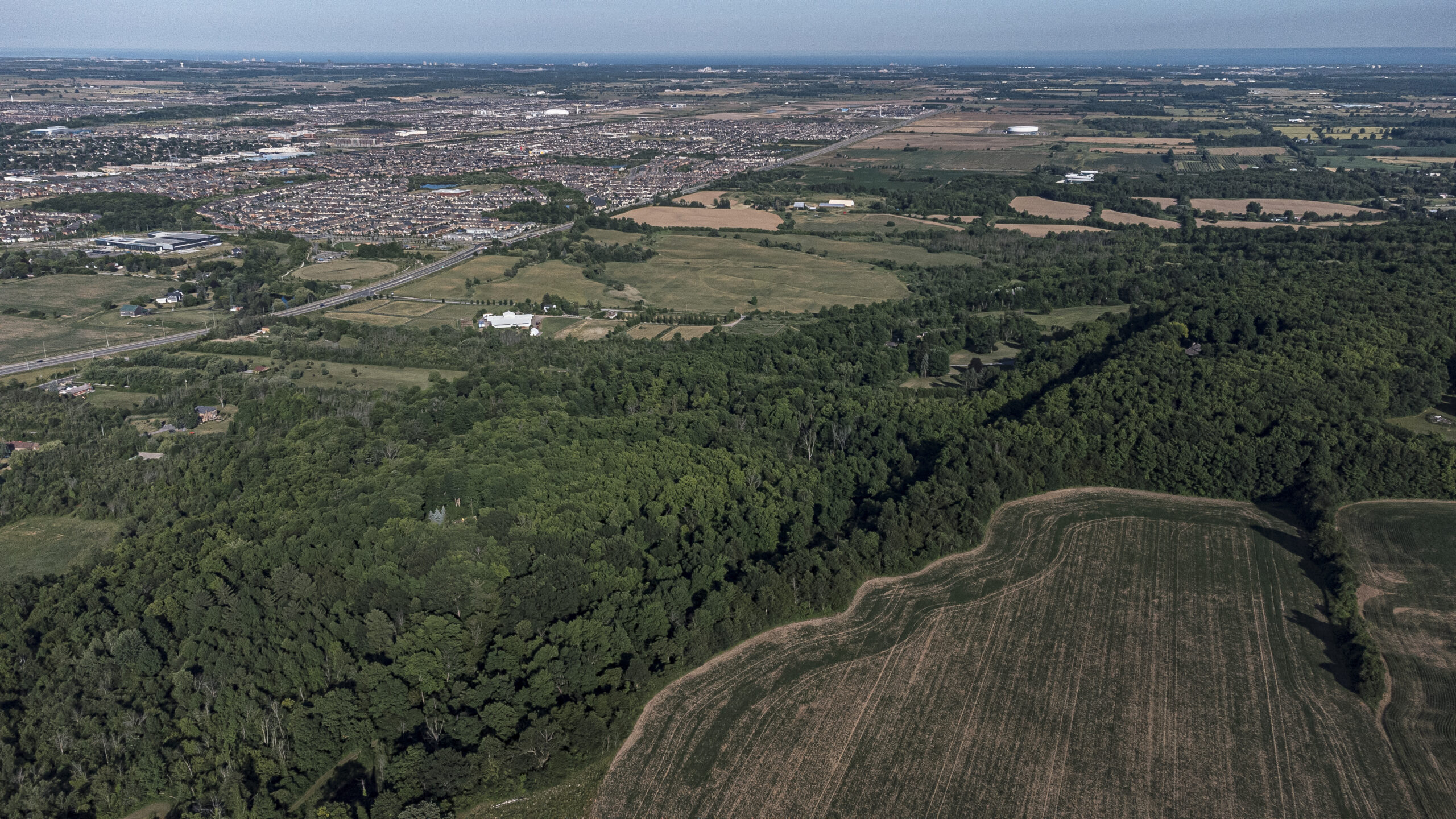
Another major donor is the De Gasperis family. Names that match those of family members, their companies and senior staff donated $294,000 to the Tories. The De Gasperis family holds some Greenbelt land that now stands to be developed through consortiums with senior executives from Greenpark Group — run by the Baldassarra family, whose members, companies and senior staff donated $94,000 to the Tories — and Fieldgate Developments, whose principals and their companies gave just over $72,000.
Several of the developers are also connected to the Progressive Conservatives through former Tory officials and politicians now working as registered lobbyists.
In the last four years, TACC has hired three lobbyists with ties to Ford’s party to speak to the government on its behalf on land use issues. One is former federal Conservative MP Peter Van Loan, who was once the president of Ontario’s PC Party.
He sought, according to the province’s lobbying registry, to influence “policies to facilitate the development of the client’s lands” and “land use policy.” In an email, Van Loan said those aims did not include asking for the removal of land from the Greenbelt.
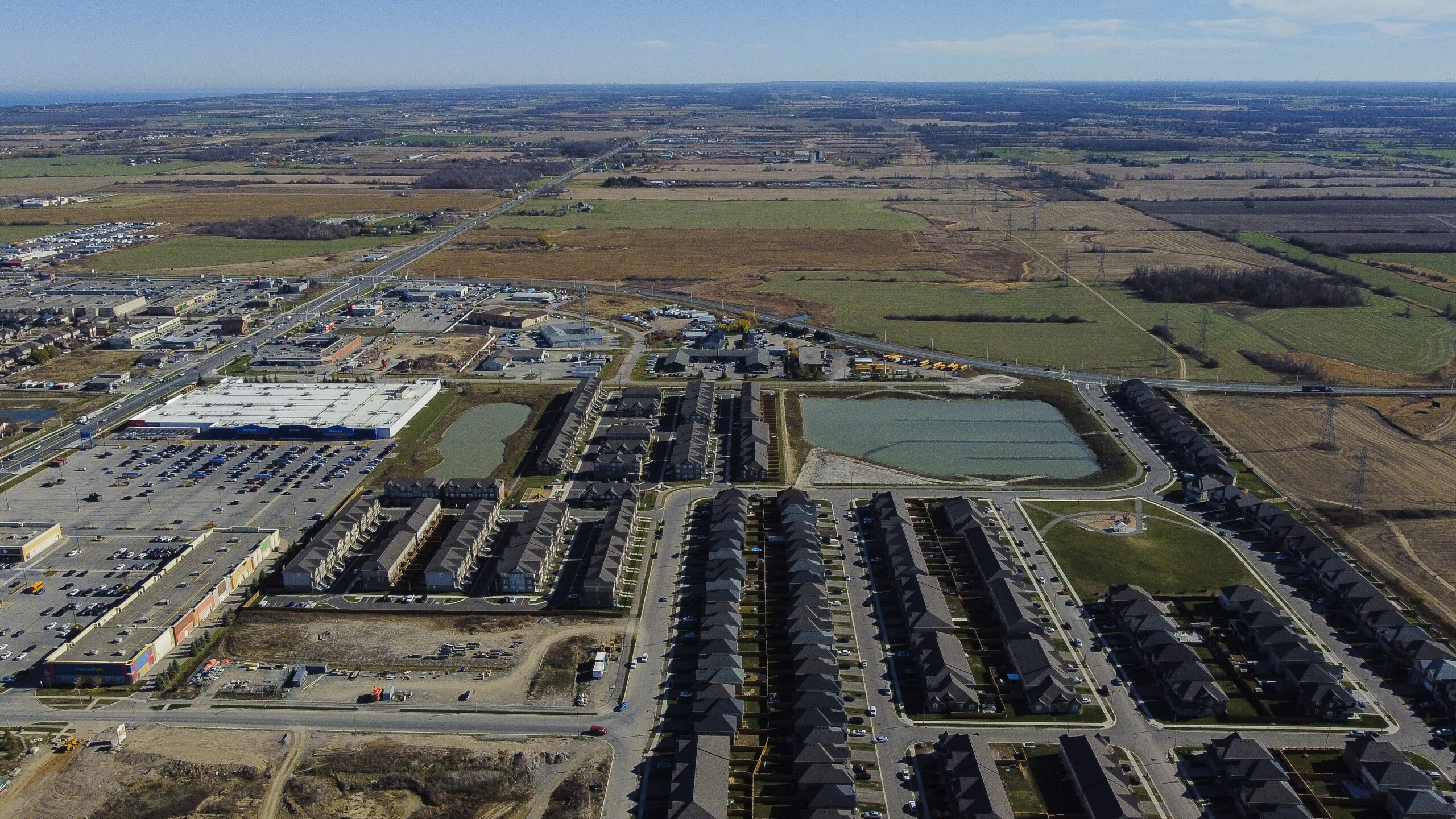
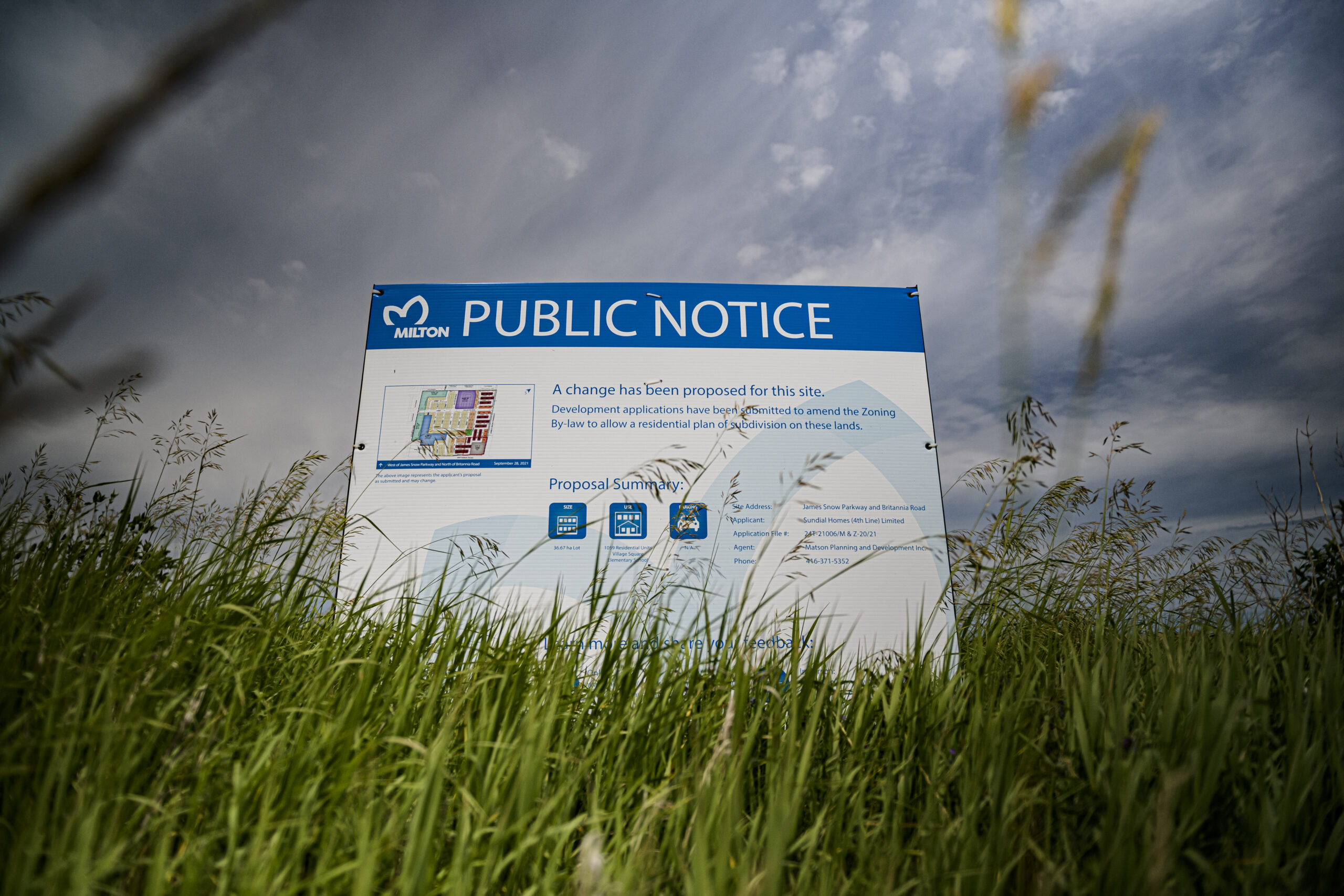
TACC, in a consortium that included Greenpark Group, also hired Amir Remtulla — former chief of staff to the late Rob Ford, the premier’s brother — from 2019 to 2020 to lobby on its behalf on issues related to “environment,” “housing” and the redevelopment of an old power plant site.
A different consortium involving TACC and Greenpark Group hired lobbyist Celine Chang from 2018 to 2019 to speak to the government about “conservation,” “environment,” “housing” and a specific development in Mississauga. Soon after, Chang was in the premier’s office as a policy advisor, a position she held from late 2019 until earlier this year. Earlier in her career, she worked briefly at the Ontario PC Party, according to her LinkedIn.
Remtulla and Chang did not respond to questions from The Narwhal/Star. Their lobbying registrations did not mention the Greenbelt.
Flato Developments, which bought about 100 acres of Greenbelt land in 2017 — some of which is part of the land swap proposal — hired lobbyist Leith Coghlin “to advise the government with respect to Planning Act and Municipal Act implications on development projects in Ontario” from October 2021 until October 2022. Coghlin once worked for former Progressive Conservative premier Mike Harris. Reached by phone, he declined to comment.
Fieldgate Properties also hired lobbyist Kailey Vokes of StrategyCorp to lobby the government about “housing” and developing surplus government land between August 2021 and August 2022. Before becoming a lobbyist, Vokes held a variety of roles in the Ford government, according to her LinkedIn profile. Vokes, who now works at Infrastructure Ontario, redirected questions to StrategyCorp, which said, via a spokesperson, that their lobbying for Fieldgate “had no relation to the Greenbelt.”
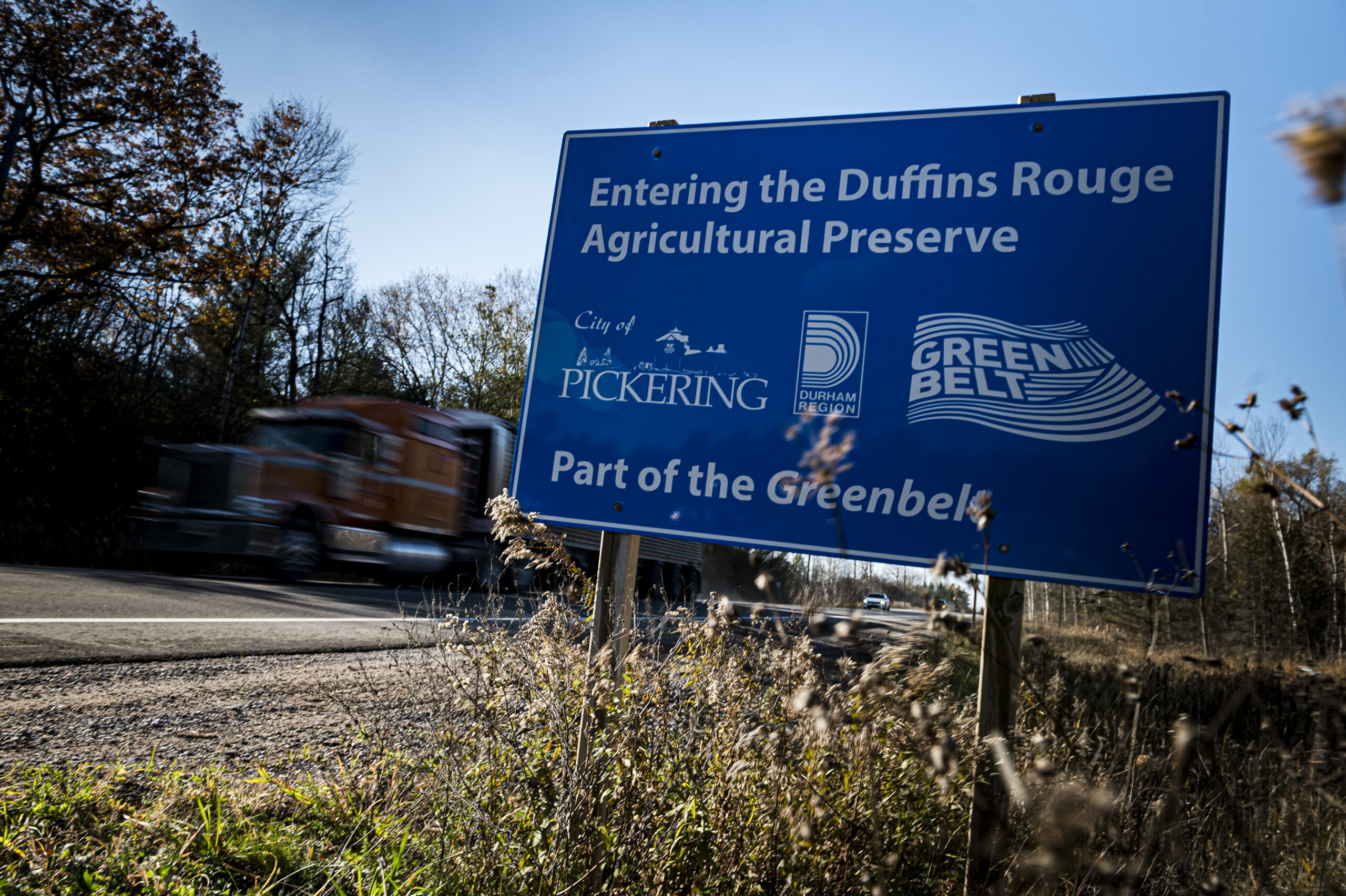
The province has expedited development for many of these same companies in the past.
FLATO, TACC and Rice Group have all previously benefited from Minister’s Zoning Orders (MZO), a controversial tool which allows the Minister of Municipal Affairs and Housing to fast-track housing projects by overruling municipalities.
At least three of the parcels the province is now proposing to remove from the Greenbelt were near or part of projects that have received a zoning order in the past four years.
Silvio De Gasperis, owner of the TACC Group of construction and development companies, is also among the biggest potential winners of the province’s proposed changes to the Greenbelt. Through his companies and partnerships, he has land in four different areas proposed to be removed from the Greenbelt. Some are owned through holding companies, while others are held by consortiums of developers including De Gasperis.
Some of the most notable parcels held by De Gasperis are within the Duffins Rouge Agricultural Preserve, located east of Toronto in Pickering. The preserve protects prime farmland and sensitive waterways, abutting Rouge National Urban Park. If the province wants housing on the reserve, it will also have to repeal the Duffins Rouge Agricultural Preserve Act, which prohibits development in the area. As reported in The Star Wednesday, the government introduced a bill that would do so.
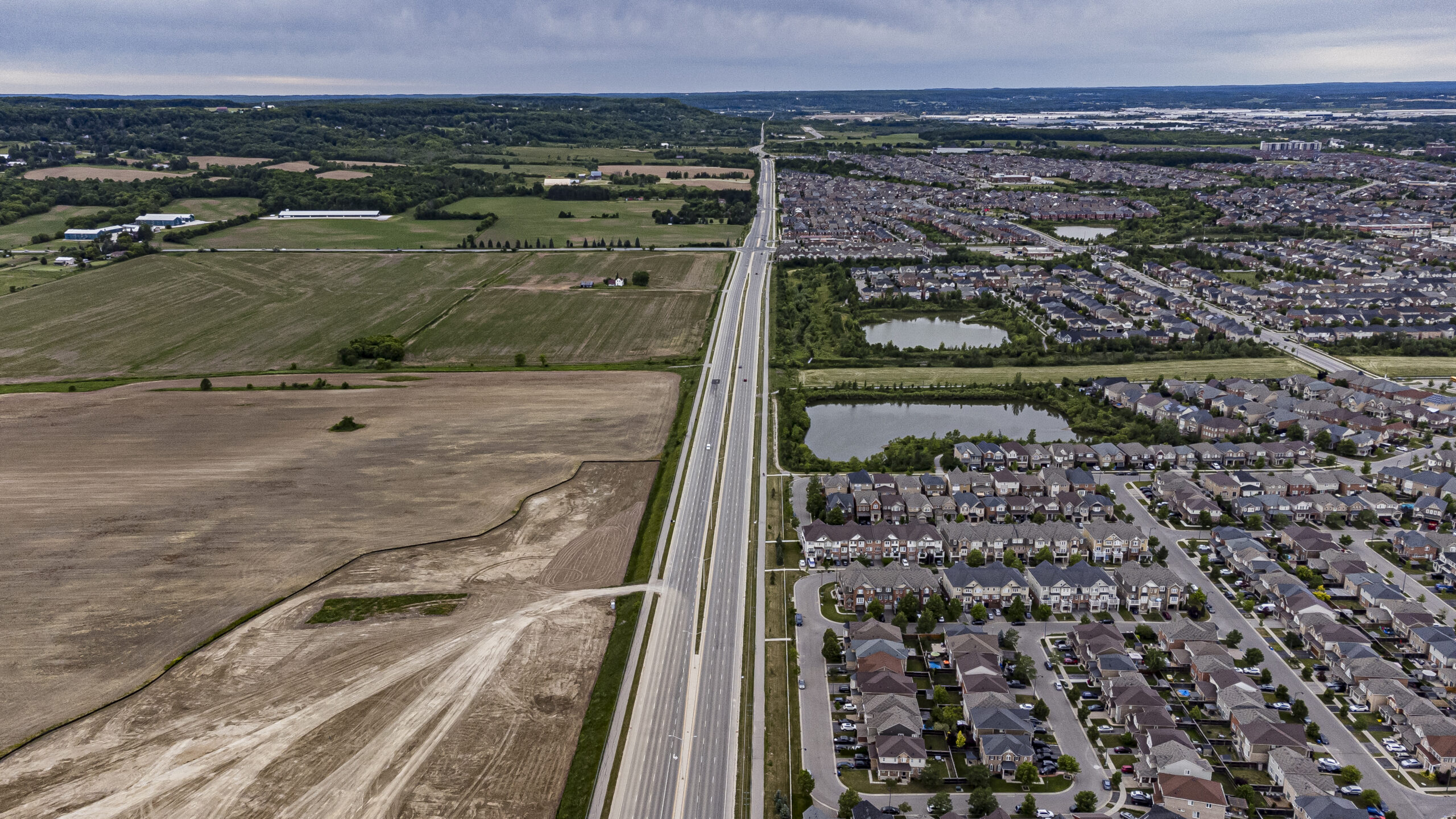
The area was, at one point, expropriated for a proposed airport that was never built. In 1999, the province worked with the City of Pickering to sell it back to the original landowners and tenant farmers, who agreed to conditions set by Pickering to leave it as green space in perpetuity. But six years later, Pickering suddenly revoked those conditions and developers — including De Gasperis — snapped up land at bargain-basement prices.
“Everybody is always looking for a deal,” De Gasperis told The Star in 2005 after he bought the land.
The province stepped in, again, and added the land to the Greenbelt. De Gasperis sued the government in response, a pursuit that cost him millions of dollars. But it had remained intact until now.
The Narwhal/Star analysis located 24 properties in the preserve owned by companies listing Silvio De Gasperis as a director. Purchased mostly in 2003 — with one lot added in 2004 and two in 2016 — for a combined $8.6 million, the lands add up to more than 1,300 acres. All are slated to be removed from the Greenbelt.
“I never thought this would happen. We thought the preserve was cast in stone, because it has so many layers of protection,” said Bonnie Littley, one of the co-founders of the Rouge Duffins Greenspace Coalition.
During Question Period in Ontario’s Legislature on Thursday, after this article was published, NDP MPP Jennifer French referenced the Narwhal/Star reporting, specifically mentioning De Gasperis’s holdings in the Duffins Rouge preserve, asking Clark, “Does the Premier understand how shady this looks?”
Clark said the land being opened up “will provide a significant opportunity for housing,” and that the province is expanding the Greenbelt by adding 2,000 more acres than it’s taking out.
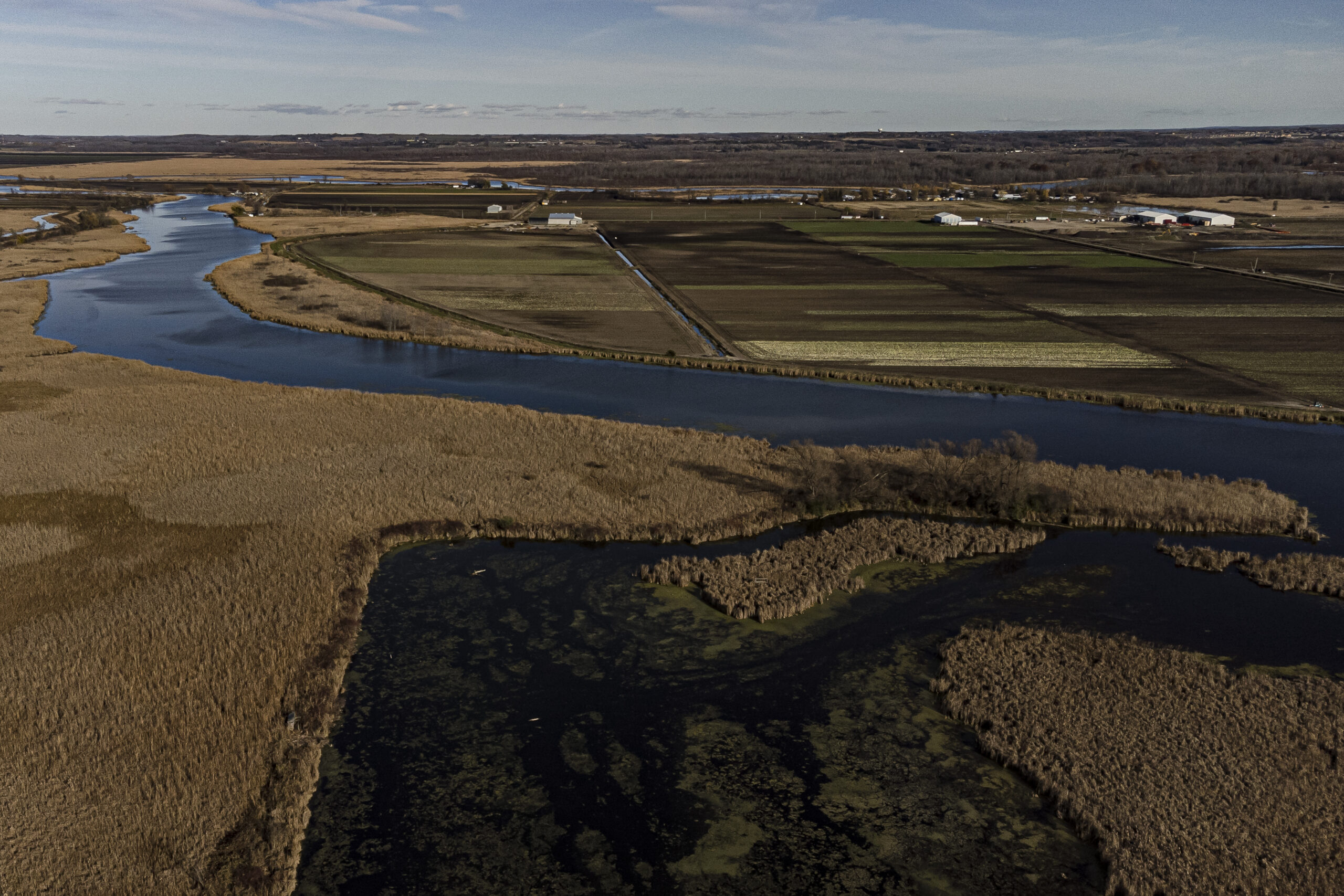
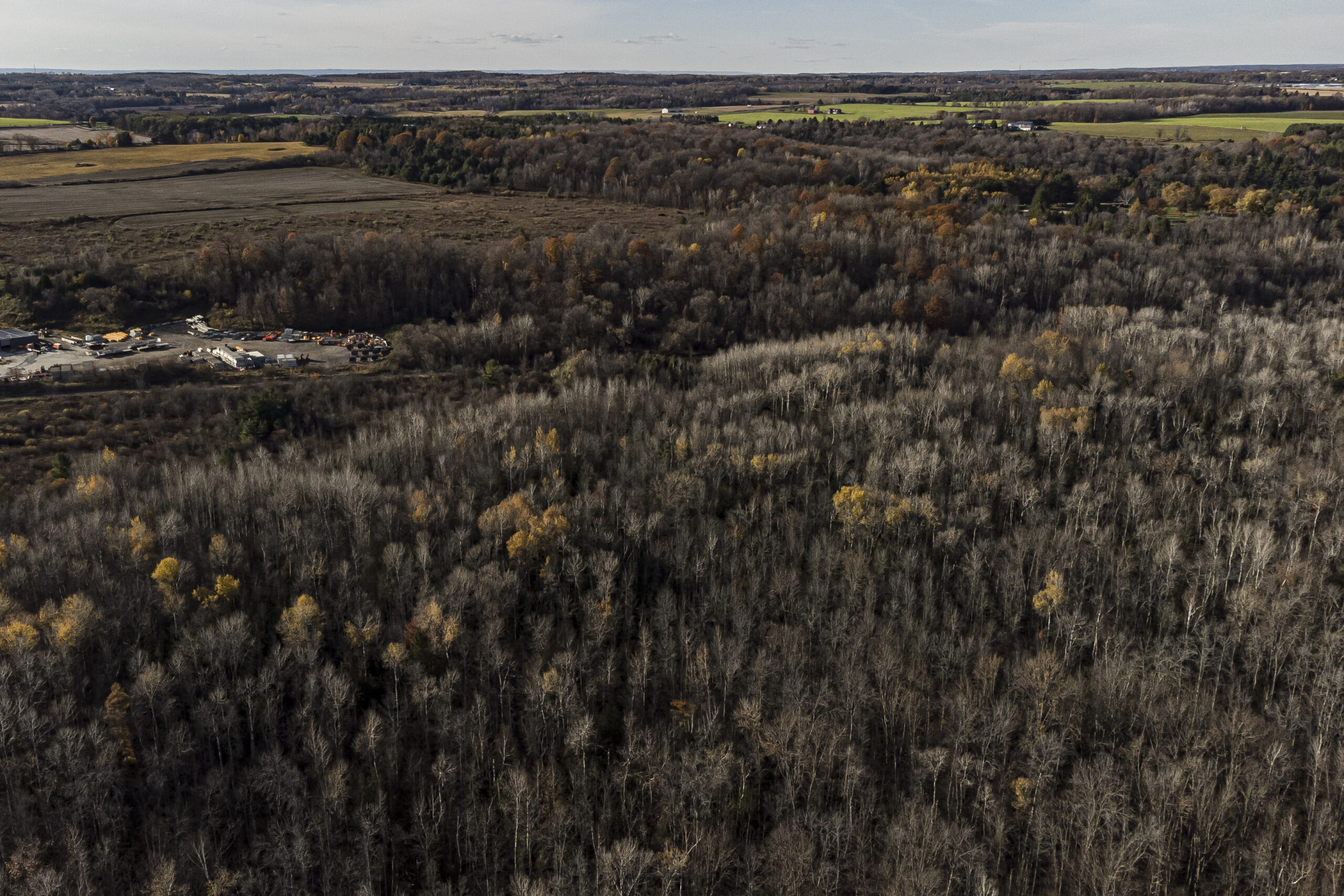
The Greenbelt land swap also appears poised to benefit developers who made long-term bets.
New Horizon Development Group purchased land in Grimsby, east of Hamilton, through an associated company in 2019, spending $10 million on a parcel of Greenbelt land next to Lake Ontario that was set aside for farming. The company’s president, Jeff Paikin, said in an interview it hasn’t been farmed in at least six decades and borders a developed area.
“At the end of the day, it never belonged in [the Greenbelt], and so we took a very big risk in 2019 when we bought it on the assumption that at some level in the next 10 years, common sense would rule,” said Paikin, the brother of Ontario broadcaster Steve Paikin. “And here we are, so it’s a good day.”
The company had already been in touch with the Town of Grimsby about the property before the Greenbelt announcement, though Paikin said it hadn’t talked to the province. “There’s not really a mechanism to do so, other than to sort of call and beg,” he said. “And that’s just not our style. We go through proper channels.”
The company is now making its plans to start construction by Ontario’s 2025 deadline.
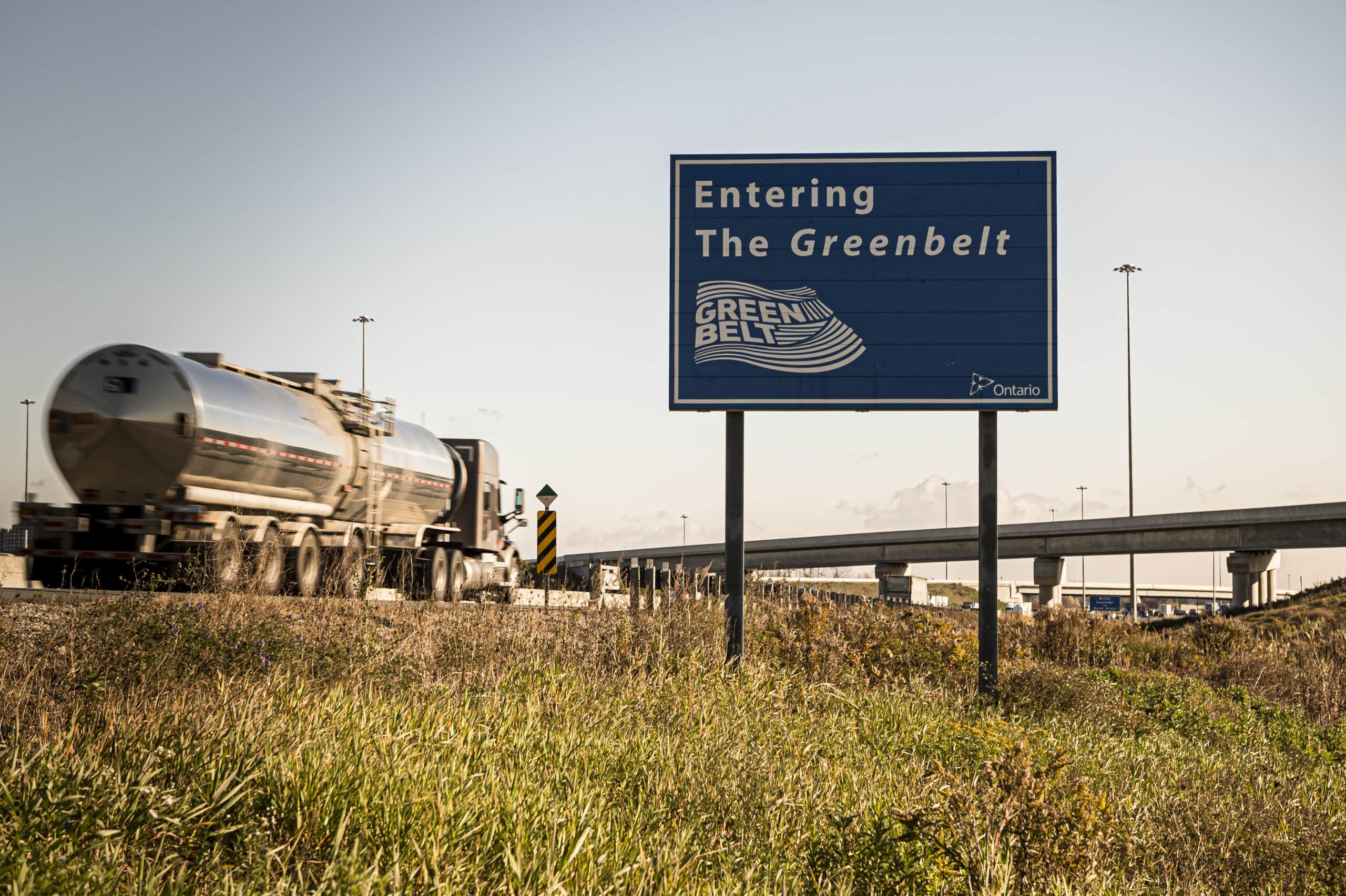
The province’s proposal may also resolve some long-contentious sections of the Greenbelt. Minotar Holdings Inc., helmed by Clay and Corey Leibel, paid $7.5 million in 2003 for 210 acres in Markham, part of which was later added to the Greenbelt. The company subsequently sued the province, arguing its inclusion was a “mistake.” The province defended its decision in court, arguing that the land was “of significant environmental value” and its inclusion is “consistent with the policy rationale” for the Greenbelt, according to a summary of its statement of defence contained in related court documents. A trial is scheduled for next year. Now some of that land — the exact size isn’t specified in public documents — is slated to be pulled out. Neither Clay Leibel nor the company’s lawyers responded to questions for this story.
The bigger concern now, environmental advocates and other critics say, is that the province’s decision to cut into the Greenbelt will ultimately impact the long-term viability of the whole of the protected area.
Vaughan Councillor Marilyn Iafrate said she has received calls from developers who own land elsewhere in the Greenbelt looking for municipal support to open up their properties as well.
“This is not the end of it. This is the start,” said Iafrate. “Every single landowner with Greenbelt land will start lobbying the government. And we will see more of this.”
—With research assistance from Rick Sznajder, Astrid Lange, Jesse McLean and Robert Benzie.
Updated on Nov. 17, 2022, 12:50 p.m. ET: This story was updated to include comment from Minister Steve Clark.
Updated on Nov. 17, 2022, 3:55 p.m. ET: This story was updated to include NDP MPP Jennifer French asking Clark at Queens Park about details in the Narwhal/Star reporting.
Get the inside scoop on The Narwhal’s environment and climate reporting by signing up for our free newsletter. On a warm September evening nearly 15...
Continue reading
Climate change, geopolitics and business opportunities power a blue economy

10 billion litres of sewage are dumped into Winnipeg’s lakes and rivers each year. Some...

Court sides with Xatśūll First Nation, temporarily halting Mount Polley mine waste expansion
